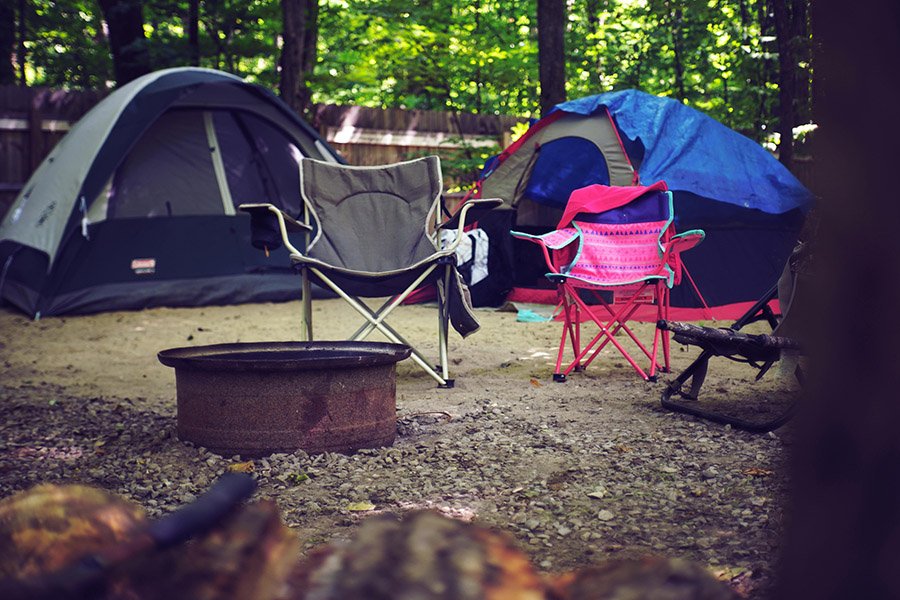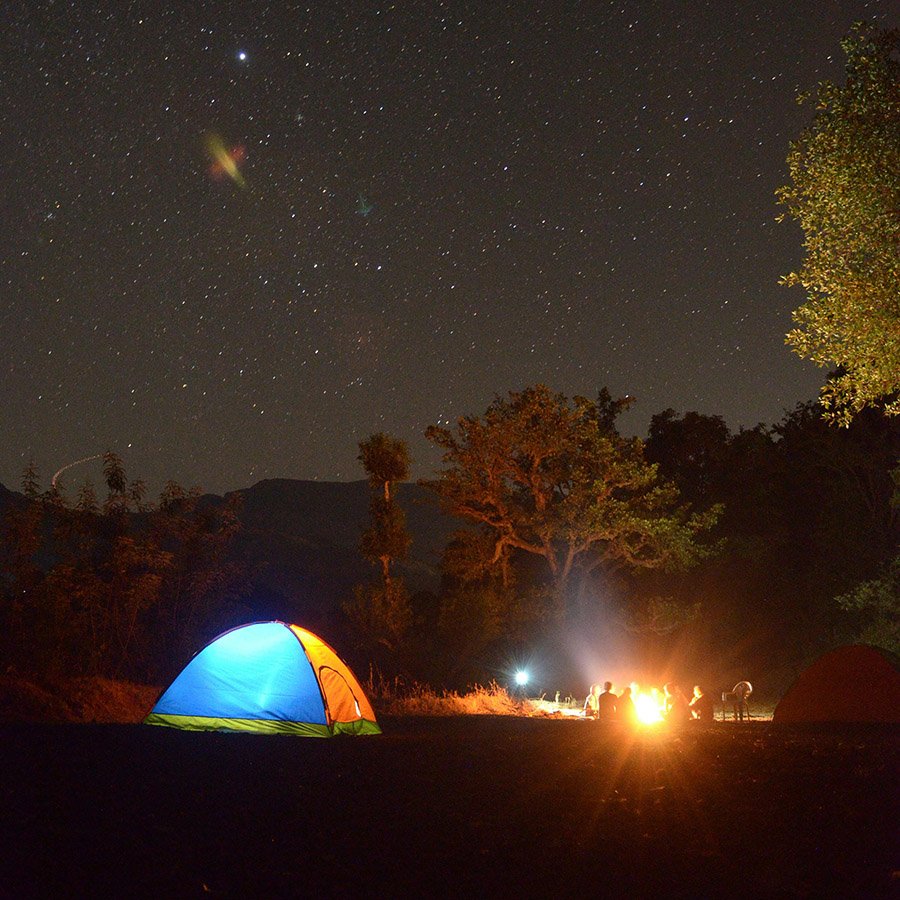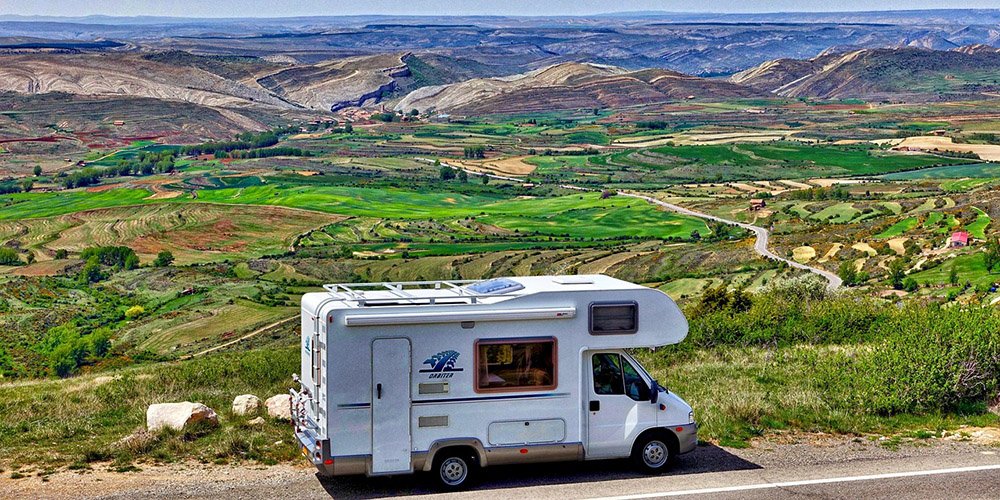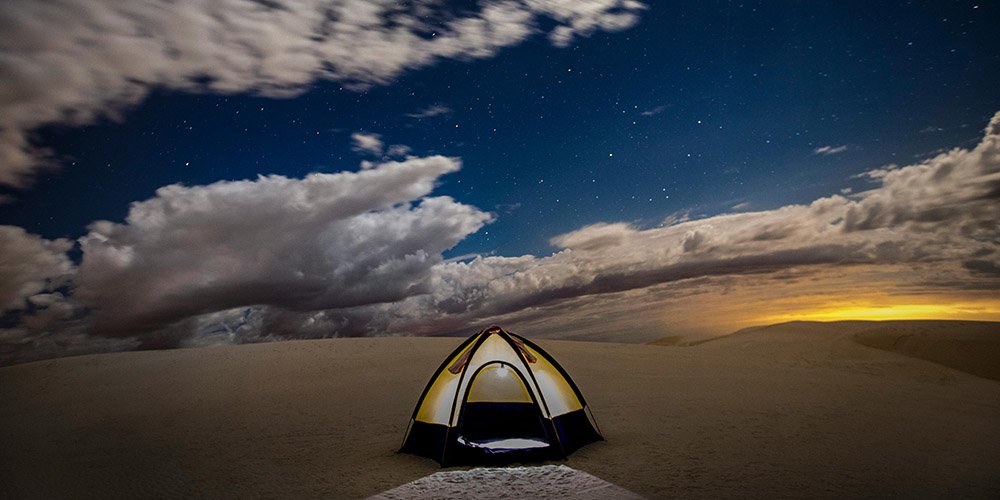Top Tent Camping Tips to Get Started!
Tent camping remains a cherished outdoor tradition, offering an escape into nature and an opportunity to disconnect from the hustle of modern life. Whether it’s a family adventure, a solo retreat, or a trip with friends, tent camping connects us with the wilderness and requires both respect for the environment and a good dose of preparedness. This guide will walk you through essential tent camping tips, ensuring your next outdoor adventure is not only enjoyable but also safe and environmentally conscious.
Choosing the Right Tent
Selecting the right tent is the foundation of a successful camping trip. The choice of tent will depend on several factors, including the number of campers, the season, and the specific needs of your trip:
- Type of Tent: Tents come in various shapes and sizes, each designed for different camping scenarios. Dome tents are popular for their stability and wind resistance, making them ideal for most camping situations. Cabin tents offer more vertical space and are great for larger groups who might appreciate more room to move around. Backpacking tents are lightweight and designed for portability, suitable for hikers who carry their gear over long distances.
- Capacity: Always consider the tent’s capacity recommended by manufacturers. However, for extra comfort and space, especially when camping with family or friends, consider upsizing. For example, a four-person tent might be more comfortable for two or three campers, providing additional room for gear and personal space.
- Seasonality: Choose a tent based on the typical weather conditions you expect to encounter. Three-season tents are sufficient for most conditions from spring to fall, offering protection from rain and bugs, while four-season tents are designed to withstand harsher conditions, including snow and strong winds.
- Additional Features: Features like adequate ventilation and mosquito netting can significantly enhance comfort. Look for tents with multiple doors for easy access, vents to reduce condensation, and a sturdy rainfly that covers the entire tent to keep you dry.
- Setup Simplicity: Particularly if you’re new to camping, opt for a tent that is easy to set up. Some tents can be pitched in minutes and this can be a real advantage when arriving late at a campsite or setting up in poor weather.
By carefully considering these aspects, you can ensure that your tent not only provides a place to sleep but also enhances your overall camping experience. Remember, a good tent is an investment that can improve the comfort and safety of your outdoor adventures.
Also read: Camping Essentials for Women: Here’s What to Pack

Setting Up Your Tent
Properly setting up your tent is crucial for comfort and safety. Here are step-by-step guidelines to ensure your tent is pitched perfectly:
- Choose the Right Spot: Before you unpack your tent, spend some time scouting the campsite for the ideal spot. Look for a flat area free of rocks, roots, and debris. Ideally, find a location that offers some natural shelter from the wind but avoid low spots that could collect rainwater.
- Prepare the Site: Once you’ve chosen your spot, clear the area of sticks, stones, and other sharp objects that could damage the tent floor. If possible, lay down a footprint or tarp to add an extra layer of protection and moisture resistance.
- Assemble the Tent: Lay out the tent on your footprint, aligning it with the wind direction if it has a specific aerodynamic design. Connect the poles according to the manufacturer’s instructions, which typically involves inserting poles into the corresponding flaps or clips on the tent fabric.
- Secure the Tent: Anchor your tent by driving stakes through the loops at each corner. If the ground is tough, use a rubber mallet to drive the stakes in. Make sure the stakes are angled away from the tent to increase tension and stability.
- Attach the Rainfly: Don’t overlook the importance of the rainfly, even if the weather looks clear. It provides an additional barrier against moisture and can help retain warmth on cooler nights. Secure it tightly to prevent any flapping, which can be noisy and reduce the effectiveness.
- Final Adjustments: Once your tent is set up, walk around it to inspect and adjust the tension in the guy lines, which can prevent the fabric from sagging and ensure that rainwater runs off properly. This setup routine can save you discomfort and inconvenience later.
Weatherproofing
Ensuring your tent is prepared for various weather conditions is another critical aspect of camping:
- Waterproofing: Prior to your trip, it’s advisable to waterproof your tent. Treat the fabric with a waterproofing spray, especially focusing on the seams. Many tents come with factory-applied waterproof coatings, but these can wear off over time.
- Seam Sealing: For added protection, apply seam sealer to all exposed seams. This is particularly important for new tents or older tents where the sealant may have degraded.
- Wind Protection: When setting up your tent, position it so the strongest and most reinforced side faces the prevailing wind. Utilize all guy-out loops on your tent to attach guy lines for extra stability in windy conditions.
- Managing Condensation: Keep the vents in your tent open as much as possible to encourage airflow and reduce condensation inside the tent. This is essential in cold weather when the temperature difference between the inside and outside of the tent can cause significant moisture buildup.
- Check the Forecast: Always be aware of the weather forecast for your camping area and prepare accordingly. It’s wise to bring extra tarps and gear to create additional shelters or windbreaks if severe weather is expected.
By following these setup and weatherproofing tips, you can ensure that your tent remains a sturdy, comfortable, and safe home base as you enjoy the great outdoors.
Campsite Organization
Organizing your campsite efficiently can make your camping experience smoother and more enjoyable. Here are some tips to help you manage your space effectively:
- Divide the Campsite: Create specific zones for sleeping, eating, and storage. This not only keeps your campsite tidy but also minimizes disruptions between different activities. For example, place the cooking area downwind of the sleeping area to keep food smells away from where you sleep.
- Use Storage Containers: Keep your gear organized and protected from the elements by using storage bins or containers. Label them for easy access to items like kitchen utensils, food, and first aid supplies. This also helps in quickly locating what you need, especially in the dark or in adverse weather.
- Elevate Your Gear: Keep sleeping bags, backpacks, and other essentials off the ground to protect them from dampness and insects. Utilizing cots or hammocks for sleeping can also enhance comfort and safety.
- Keep a Tidy Kitchen: Set up a wash station with biodegradable soap and a scrubbing brush. Designate areas for washing, rinsing, and drying dishes. Store food in sealed containers and coolers to prevent wildlife encounters and to maintain freshness.
- Plan for Trash and Waste: Always have a plan for handling trash and waste. Use designated bags for trash and recycling, and ensure you pack everything out that you brought in, adhering to Leave No Trace principles.

Safety and Security
Ensuring the safety and security of your campsite is vital, especially when tent camping in remote areas:
- Wildlife Precautions: Store food and scented items securely in bear-proof containers or locked in a vehicle to avoid attracting wildlife. Never store food in your tent. Educate yourself about the wildlife in the area you are camping and know how to handle encounters.
- First Aid Kit: Always have a comprehensive first aid kit ready and accessible. It should include items for treating cuts, burns, and other minor injuries, as well as any personal medications.
- Check for Hazards: Upon arriving at your site, check for potential hazards such as dead branches, insect nests, or uneven terrain. Address these issues to avoid accidents.
- Fire Safety: If you plan to have a campfire, ensure it is allowed and that conditions are safe. Keep the fire manageable, never leave it unattended, and fully extinguish it before going to sleep or leaving the campsite. Keep a bucket of water or a fire extinguisher nearby for emergencies.
- Emergency Plan: Have a plan in place for emergencies. Know the nearest exit routes, the location of the nearest hospital, and have a means of communication in case of an emergency. If reception is poor, consider bringing a satellite phone or an emergency GPS locator.
Enhancing Comfort
Creating a comfortable camping environment can greatly enhance your tent camping experience. Here are some tips to boost comfort inside and around your tent:
- Sleeping Setup: Invest in quality sleeping pads or air mattresses. These not only provide cushioning but also insulate you from the cold ground. Consider layering blankets under your sleeping bag for additional warmth.
- Climate Control: Manage the internal climate of your tent. During hot weather, position the tent to catch breezes and use a battery-operated fan. In colder weather, keep the tent tightly sealed and use warm sleeping bags suited for the temperature.
- Lighting: Proper lighting can make a tent feel more welcoming. Use LED lanterns or string lights inside the tent for ambient lighting that is easy on the eyes and sufficient for reading or organizing your gear.
- Personal Touches: Bring small comforts from home like your favorite pillow, a small rug for the tent floor, or even some light decorations to personalize your space.
- Noise Management: If you’re a light sleeper, consider earplugs to block out noises from the environment or nearby campers.
Leaving No Trace
It’s important to camp responsibly and maintain the natural beauty of your surroundings by following Leave No Trace principles:
- Plan Ahead and Prepare: Understand the regulations and special concerns for the area you’ll visit. Prepare for extreme weather, hazards, and emergencies.
- Travel and Camp on Durable Surfaces: Camp on durable surfaces such as established trails and campsites, rock, gravel, dry grasses, or snow.
- Dispose of Waste Properly: Pack out all trash, leftover food, and litter. Utilize facilities or carry a trowel to dig a cat hole to dispose of human waste.
- Leave What You Find: Preserve the past: examine, but do not touch, cultural or historic structures and artifacts. Leave rocks, plants, and other natural objects as you find them.
- Minimize Campfire Impacts: Where fires are permitted, use established fire rings, fire pans, or mound fires. Keep fires small and manage them responsibly.
- Respect Wildlife: Observe wildlife from a distance. Do not follow or approach them. Never feed animals as this damages their health, alters natural behaviors, and exposes them to predators and other dangers.
- Be Considerate of Other Visitors: Respect other visitors and protect the quality of their experience. Be courteous. Yield to other users on the trail.
By adhering to these principles, you ensure that the natural environment remains intact and beautiful for future campers. Adopting a ‘leave no trace’ ethos reflects a commitment to conservation and responsible recreation.
Packing Tips
Efficient packing can make the difference between a smoothly run camping trip and one filled with frustration. Here are some packing tips for tent camping:
- Create a Checklist: Before you begin packing, create a detailed checklist of all the items you’ll need, based on the duration of your trip and the activities you plan to engage in. This ensures you don’t forget essential gear.
- Use Packing Cubes and Bags: Organize items by category (clothing, cooking supplies, camping gear) using packing cubes or waterproof bags. This not only keeps your belongings organized but also makes unpacking and accessing items at the campsite easier.
- Pack Strategically: Place items that you will need first or frequently on top or in easily accessible compartments. For example, keep your tent and sleeping gear near the top if you expect to arrive late, so you can set up quickly.
- Weather-Appropriate Gear: Always pack for the weather. Include rain gear, extra layers, and appropriate sleeping equipment to ensure comfort regardless of weather changes.
- Minimize Bulk: Opt for multi-use items and gear that can compact down. For instance, choose a collapsible water bucket, foldable chairs, and nesting cookware to save space.
Final Thoughts
Tent camping is an enriching activity that connects you with nature and provides a break from the digital world. By choosing the right tent, setting it up properly, organizing your campsite efficiently, packing effectively, and adhering to Leave No Trace principles, you can ensure that your camping experience is as enjoyable and minimal-impact as possible.
Encourage all campers to share their experiences and tips. This not only fosters a community of responsible campers but also enhances the collective knowledge and enjoyment of the great outdoors. Whether you’re a novice or a seasoned camper, each trip can teach you new things about nature, camping, and even yourself.
P.S.: We now also appear on Bing! Awesome!








